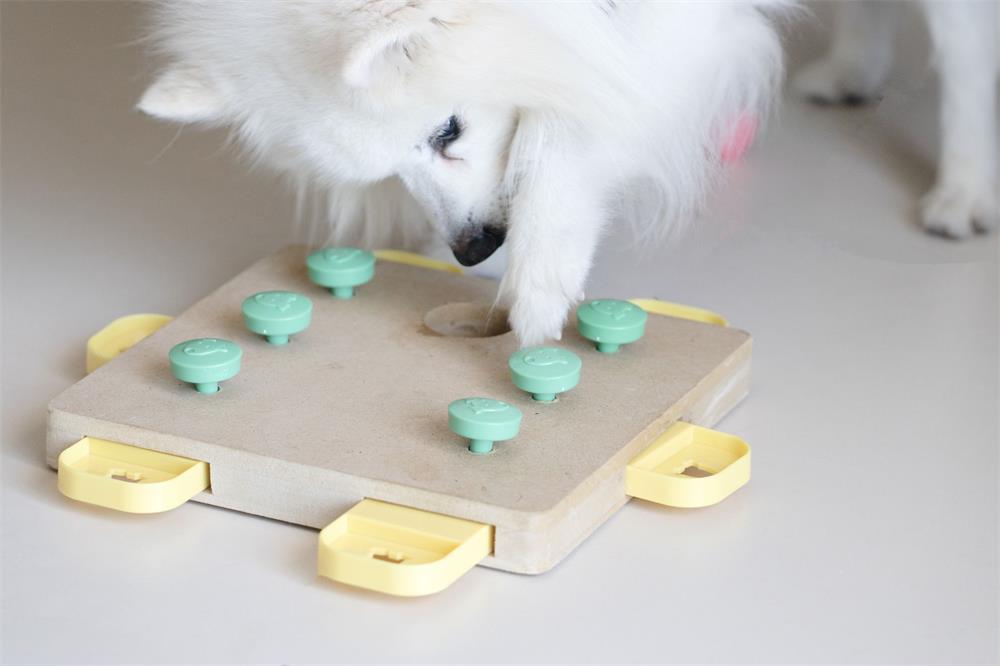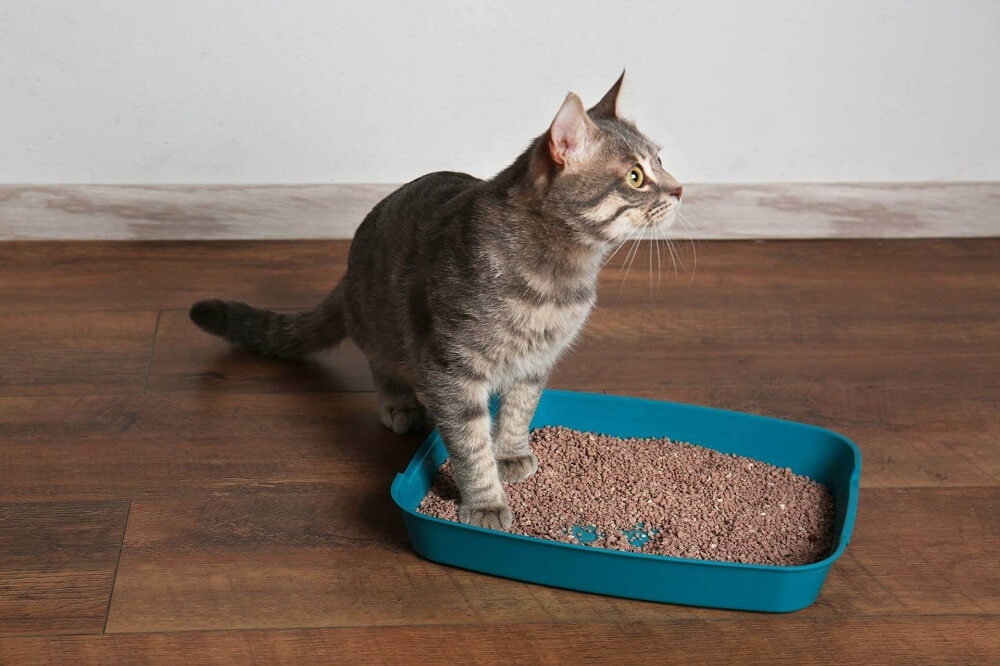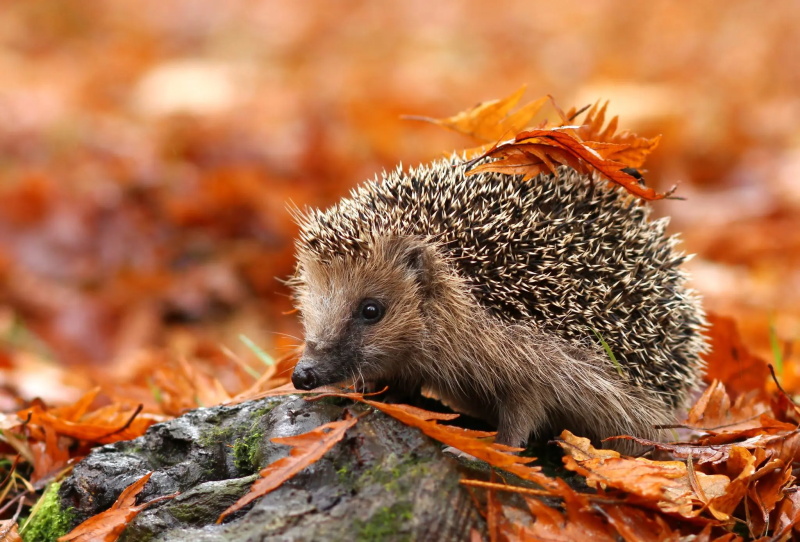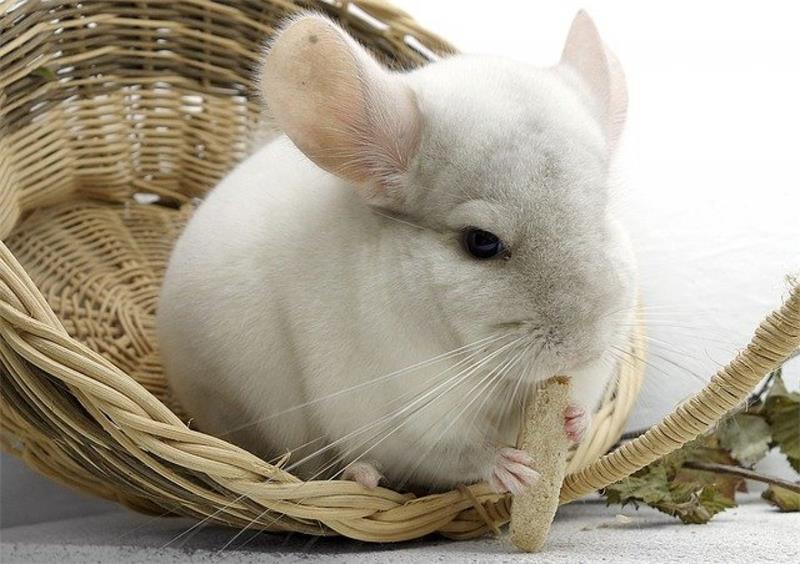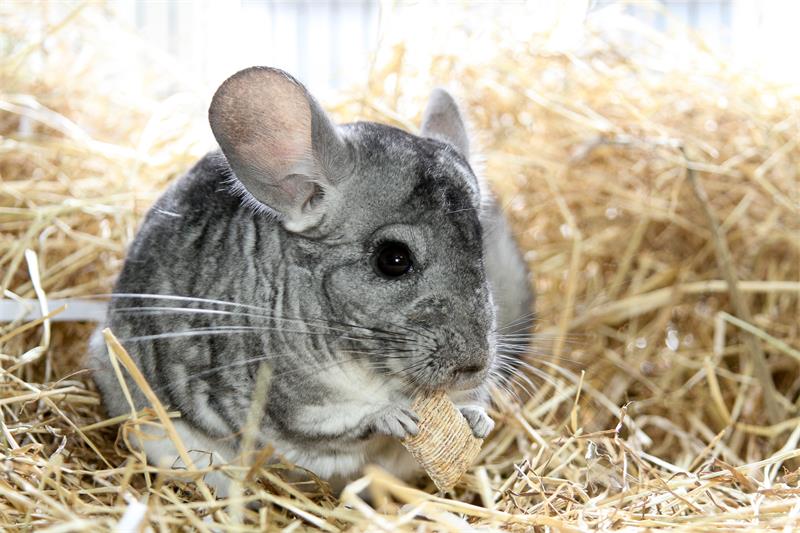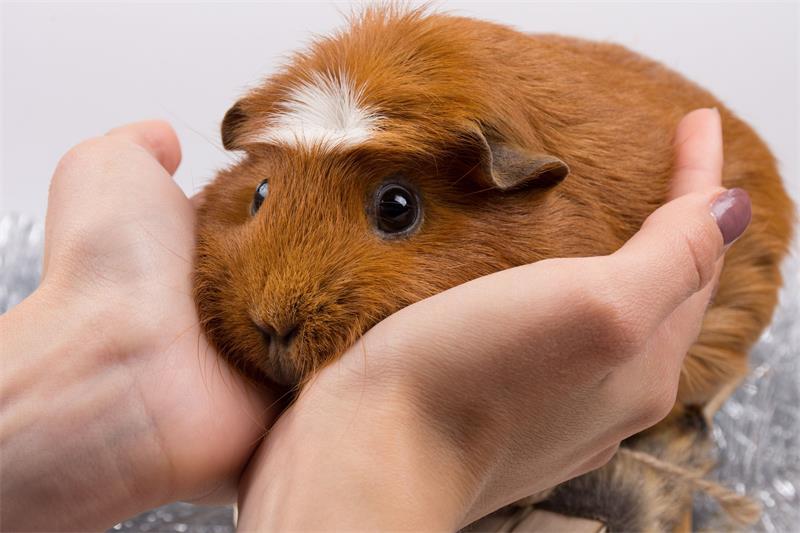
Table of Contents
Guinea pigs are adorable and social pets that can brighten up your day with their squeaks and antics. However, traveling with them can be a challenge, as they are sensitive to stress, temperature, noise, and motion. If you want to take your guinea pigs on a trip, you need to plan ahead and take some precautions to ensure their safety and comfort. Here are some tips on how to travel with your guinea pigs.
Check the Travel Requirements and Regulations
Before you book your trip, you need to check the travel requirements and regulations for your destination and mode of transportation. Some places may have restrictions or quarantine rules for bringing guinea pigs, so you need to do your research and obtain the necessary documents or permits. For example, if you are crossing state lines or using certain methods of transport, your guinea pig may require a certificate of veterinary inspection. This document must be completed by a USDA accredited veterinarian and certifies that your pet is healthy to travel.
You also need to check the policies of your airline, hotel, or other service providers regarding guinea pig travel. Some airlines do not allow guinea pigs in the main cabin area, and some hotels do not accept pets at all. You need to call ahead and make sure that your guinea pig is allowed to come along. You may also need to pay extra fees or deposits for traveling with your pet.
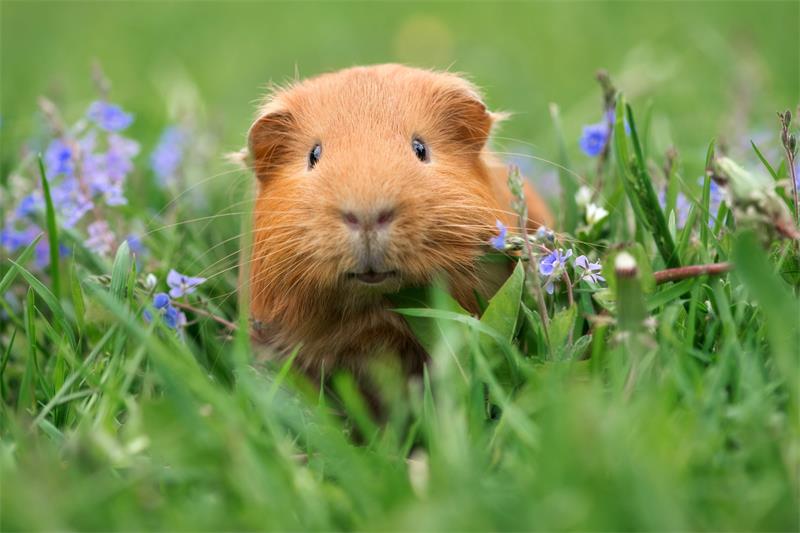
Choose a Suitable Carrier
One of the most important things you need to consider when traveling with your guinea pig is the carrier. You need to choose a carrier that is secure, comfortable, well-ventilated, and easy to carry. The carrier should be large enough for your guinea pig to move around, but not too big that it can slide or bounce inside. The carrier should also have a solid bottom and sides to prevent spills and injuries.
There are two types of carriers you can choose from: soft-sided or hard-sided. Soft-sided carriers are lightweight and flexible, but they may not offer enough protection or ventilation for your guinea pig. Hard-sided carriers are more durable and sturdy, but they may be heavier and bulkier. Hard-sided carriers usually offer ventilation on all four sides, so even if a couple sides get covered up, your guinea pig will still have adequate airflow. Hard-sided carriers also protect your guinea pig better if you have an accident or if objects inside the car fly or move around suddenly.
You can add some padding inside the carrier around the sides to cushion your guinea pig from being slammed into the walls if you stop suddenly or travel over bumpy terrain. You can also add some bedding material, such as fleece or paper towels, to make the carrier more cozy and absorbent. You should avoid using wood shavings or hay as bedding, as they can create dust or get stuck in your guinea pig’s eyes or nose.
Pack the Essentials
When traveling with your guinea pig, you need to pack the essentials for their health and comfort. Here are some items you should bring along:
- Water bottle: Your guinea pig needs access to fresh water at all times while traveling. You can attach a water bottle to the carrier or use a spill-proof bowl. You should check the water level regularly and refill it as needed. You should also bring some bottled water with you in case the tap water at your destination is not safe for your pet.
- Food dish: Your guinea pig needs access to food at all times while traveling. You can use a food dish that attaches to the carrier or use a small bowl. You should fill it with pellets or other dry food that your guinea pig is used to eating. You should avoid giving fresh fruits or vegetables while traveling, as they can cause diarrhea or gas.
- Hay: Hay is essential for your guinea pig’s digestion and dental health. You should provide plenty of hay for your guinea pig while traveling. You can use a hay rack that attaches to the carrier or use a ziplock bag. You should avoid using loose hay, as it can create mess or get into your guinea pig’s eyes or nose.
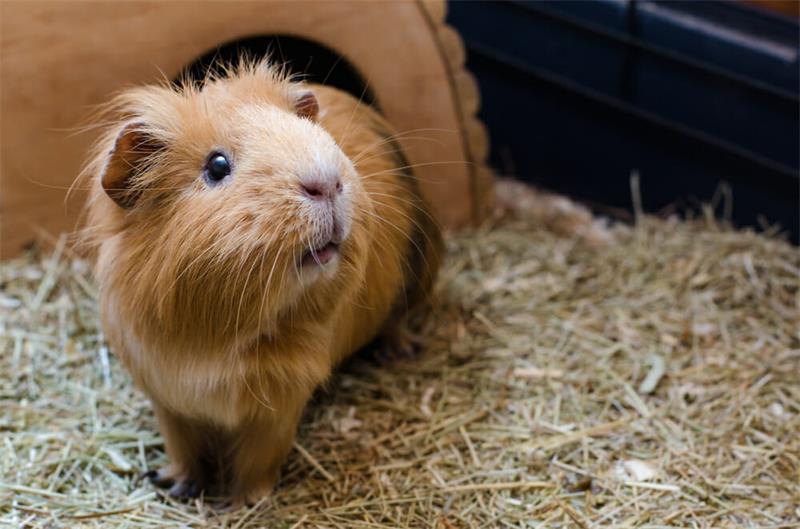
Prepare Your Guinea Pig for Travel
Before you embark on your trip, you need to prepare your guinea pig for travel. You should schedule a visit to your veterinarian and get a health certificate for your guinea pig. Your veterinarian can also check your guinea pig for any signs of illness or stress and advise you on how to care for your pet during travel. You should also make sure your guinea pig is up to date on its vaccinations and parasite treatments.
You should also get your guinea pig used to the carrier and the car before you travel. You can start by placing your guinea pig in the carrier for short periods of time at home and rewarding it with treats and praise. You can then gradually increase the duration and frequency of the carrier sessions until your guinea pig feels comfortable and relaxed in it. You can also take your guinea pig on short car rides in the carrier and reward it with treats and praise. This will help your guinea pig associate the carrier and the car with positive experiences and reduce its anxiety.
Travel Safely and Comfortably
When traveling with your guinea pig, you need to travel safely and comfortably. You should avoid traveling during extreme weather conditions, such as very hot or cold days, as guinea pigs are sensitive to temperature changes. You should also avoid traveling during busy or noisy times, such as holidays or rush hours, as guinea pigs are sensitive to noise and motion. You should also avoid traveling for too long or too far, as guinea pigs are prone to stress and fatigue.
You should stop about every two hours and offer your guinea pig fresh water, hay, pellets, or vegetables. You should not leave the water bottle or dish in your guinea pig’s carrier, as they are likely to spill and make your guinea pig wet and cold. You should also not feed your guinea pig right before or during travel, as it can cause stomach discomfort or diarrhea. You should check on your guinea pig regularly and make sure it is breathing normally, eating well, and not showing any signs of distress.
You should also keep your guinea pig calm and comfortable during travel. You can talk to your guinea pig softly and gently stroke its fur to reassure it. You can also play some soothing music or white noise to mask any loud or unfamiliar sounds. You can also cover part of the carrier with a towel or blanket to create a dark and cozy environment for your guinea pig. However, you should not cover the entire carrier, as it may reduce ventilation and visibility.
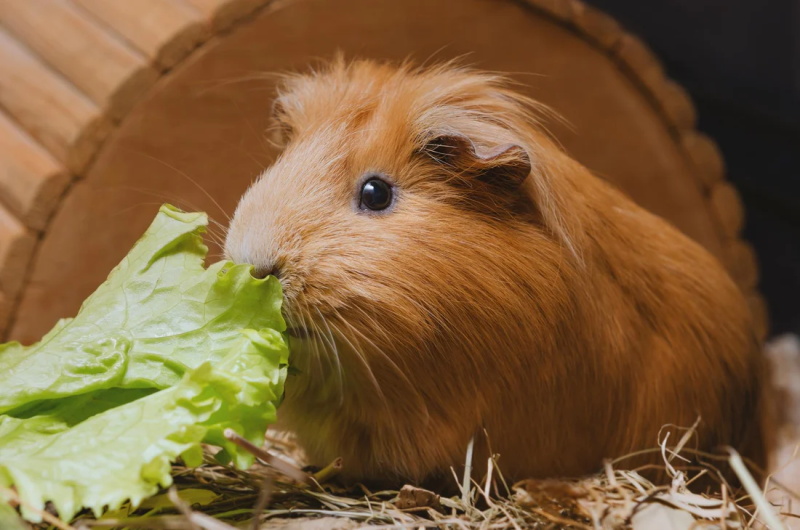
Settle Your Guinea Pig at Your Destination
When you arrive at your destination, you need to settle your guinea pig at your new location. You should find a quiet and safe place for your guinea pig’s cage or pen. You should avoid placing it near windows, doors, vents, heaters, or other sources of drafts, noise, or temperature fluctuations. You should also keep it away from other pets, children, or strangers that may frighten or harm your guinea pig.
You should provide your guinea pig with everything it needs to feel comfortable and happy at its new location. You should fill its cage or pen with familiar bedding, toys, food, water, and hay. You should also give it some fresh fruits or vegetables as a treat and a source of vitamin C. You should spend some time with your guinea pig and give it lots of attention and affection. You should also monitor your guinea pig for any signs of illness or stress, such as loss of appetite, weight loss, lethargy, diarrhea, sneezing, wheezing, or hair loss.
Traveling with your guinea pigs can be a rewarding experience for both you and your pet. However, you need to plan ahead and take some precautions to ensure their safety and comfort. By following these tips on how to travel with your guinea pigs safely and comfortably, you can make your trip a smooth and enjoyable one.
Conclusion
Traveling with your guinea pigs can be a fun and rewarding experience for both you and your pet. However, you need to plan ahead and take some precautions to ensure their safety and comfort. By following these tips on how to travel with your guinea pigs safely and comfortably, you can make your trip a smooth and enjoyable one. Remember to check the travel requirements and regulations, choose a suitable carrier, pack the essentials, prepare your guinea pig for travel, travel safely and comfortably, and settle your guinea pig at your destination. We hope you and your guinea pigs have a wonderful trip!



